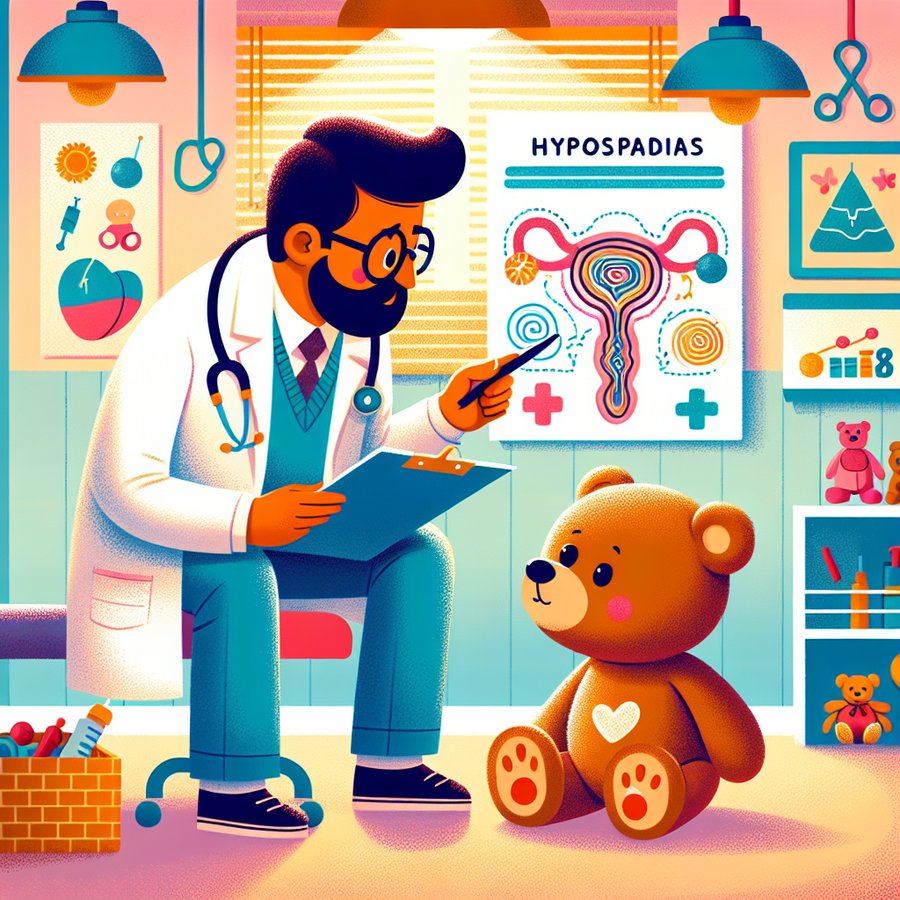Hypospadias is a congenital condition that many new parents are unfamiliar with until it affects their child. Understanding this condition, its implications, and the treatment options available is crucial for parents to ensure their baby receives the best care. This guide provides a deep dive into Hypospadias, aiming to equip you with knowledge and reassurance.
What is Hypospadias?
Hypospadias is a condition present at birth where the opening of the urethra is not located at the tip of the penis. Instead, the urethral opening can be found anywhere along the underside of the penis, from just below the tip to the scrotum. This condition can vary in severity, but regardless of its extent, understanding Hypospadias is the first step towards managing it effectively.
While the exact cause of Hypospadias remains largely unknown, it is thought to involve a combination of genetic, hormonal, and environmental factors. Parents should know that it’s a relatively common condition, affecting about 1 in every 200 boys born worldwide. For more detailed information on the condition, the Mayo Clinic offers a comprehensive overview.
Symptoms and Diagnosis of Hypospadias
The primary symptom of Hypospadias is the unusual placement of the urethral opening. Depending on the severity, it might come with other signs, such as a hooded appearance of the penis because the foreskin is only present on the top half, or difficulties with urination. Diagnosing Hypospadias is generally straightforward and occurs through a physical examination shortly after birth.
Early diagnosis is beneficial for planning the appropriate treatment. Treatment typically involves surgery to correct the urethral opening’s position, improve the penis’s appearance, and enhance its function. This procedure is usually recommended before the child reaches 18 months of age to ensure optimal healing and development. The timing and approach to surgery can vary based on the condition’s severity.
Treatment Options for Hypospadias
Surgery is the primary treatment for Hypospadias, aiming to correct the urethral opening’s placement, straighten the shaft if necessary, and modify the foreskin. It’s performed under general anesthesia, and most children recover quickly, with many resuming normal activities within a few weeks. The surgery has a high success rate, and most boys grow up to have normal urinary and reproductive function.
Choosing the right surgeon, one who specializes in pediatric urology and has experience with Hypospadias repair, is crucial. Parents should also prepare for post-operative care, which includes managing pain, preventing infection, and ensuring the child refrains from vigorous activity until fully healed. For guidance on managing your child’s condition after surgery, consider visiting our detailed guide on Hypospadias post-operative care.
Supporting Your Child with Hypospadias
Having a child with Hypospadias can be challenging, but understanding and support make a significant difference. Educate yourself about the condition, seek out the best medical care, and provide your child with love and reassurance. It’s also important to connect with other parents who have gone through similar experiences, as they can offer valuable advice and emotional support.
Remember, Hypospadias is a treatable condition, and with the right care, children can lead healthy, normal lives. Focus on the positive aspects of recovery and development, and ensure your child feels supported throughout their journey. For more resources on parenting and child health conditions, explore our website. We have a wealth of information on topics such as urinary tract infections, umbilical cord care, and eczema, all of which could be of interest to parents navigating the complexities of child health.
Understanding Hypospadias and how to manage it effectively can help alleviate many concerns new parents might have. By staying informed and proactive in seeking the best care, you can ensure your child thrives. Always consult with healthcare professionals for advice tailored to your child’s specific needs, and remember, you’re not alone on this journey.













